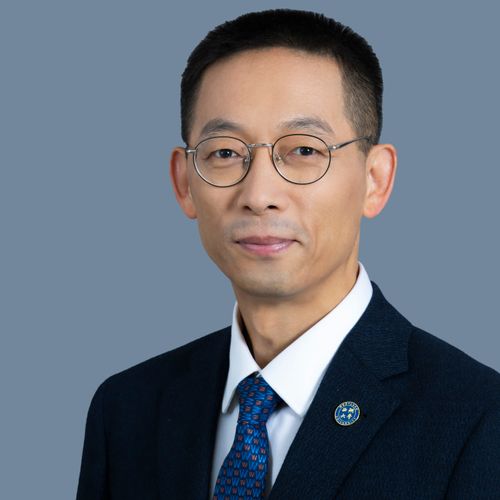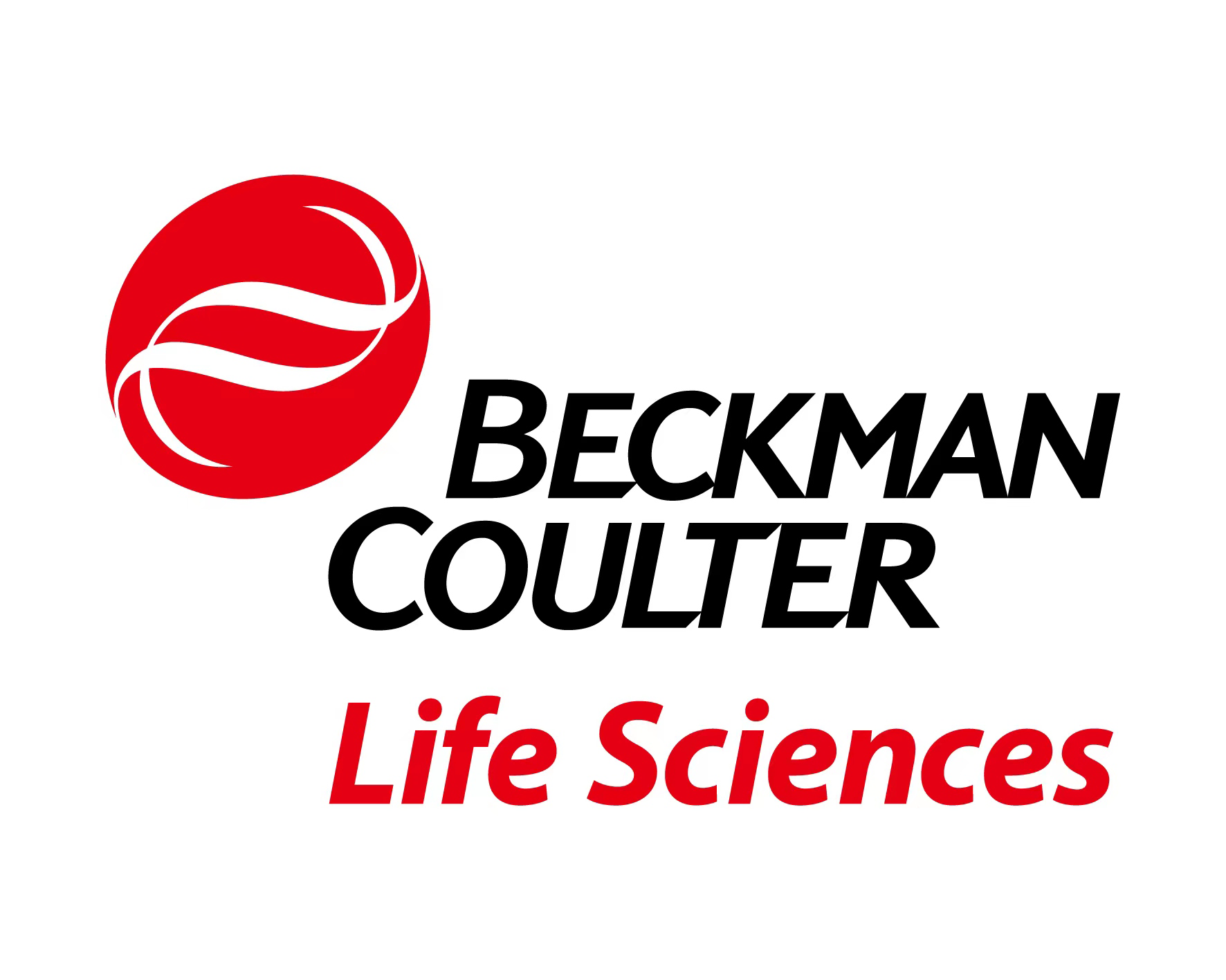Tumor Suppressor Loss and Cancer Immune Evasion
Dr. Hongtao Yu
Dean, Westlake University School of Life Sciences
Tumor Suppressor Loss and Cancer Immune Evasion
Hongtao Yu1,2,3,*
1School of Life Sciences, Westlake University, Hangzhou, Zhejiang, China; 2Westlake Laboratory of Life Sciences and Biomedicine, Hangzhou, Zhejiang, China; 3University of Texas Southwestern Medical Center, Dallas, Texas, USA
*Correspondence: yuhongtao@westlake.edu.cn
Immune evasion is a hallmark of cancer. Tumors evolve to avoid immune destruction and establish an immunosuppressive microenvironment. Immune checkpoint inhibitors block immunosuppressive signals from tumors and allow their targeting by the immune system. We developed a syngeneic teratoma model in mice and conducted genome-wide CRISPR screens to identify genes associated with immune evasion. We found that the loss of pro-apoptotic tumor suppressor genes, such as Trp53, Pten, and Bax, resulted in necrosis and the release of the APOE lipoprotein in teratomas. T cells infiltrating the teratomas were drawn to necrotic regions in Trp53-deficient teratomas, where they accumulated lipids and became stressed and dysfunctional. Similarly, infiltrating T cells in TP53-mutated human glioblastomas displayed an apoptotic state and lipid accumulation. Eradicating necrosis in teratomas or inhibiting lipid uptake by infiltrating T cells restored immunosurveillance. Combining Anti-APOE and anti-PDCD1 antibodies synergistically blocked the growth of Trp53-deficient teratomas. Our results establish a mechanistic connection between the loss of tumor suppressors and cancer immune evasion, and suggest that targeting lipid accumulation in tumor-infiltrating immune cells might enhance immunotherapy of human gliomas.
Key words: Cancer immunoediting; cancer immune evasion; tumor suppressors; teratoma; apoptosis; necrosis; T cell exhaustion; p53; PD-1; Apolipoprotein E




